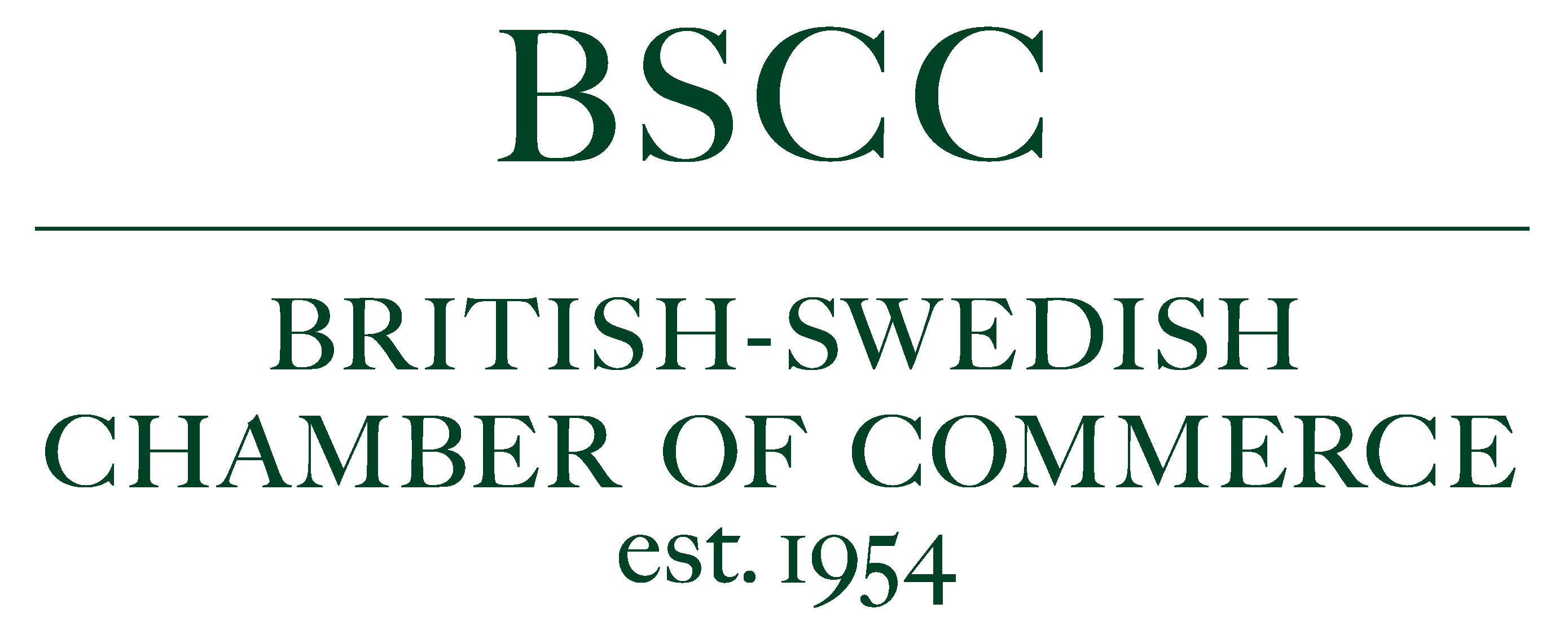Trends With: Felix Mörée
What trends do you see within your line of business?
Within pricing, an ongoing trend is the increased interest in subscriptions (either as pure subscription or as pay-per-usage). Subscriptions, in one shape or another, are the norm for software and digital products, but we see more hardware and service companies experimenting with this as well. This trend is something we foresee will continue, with the main drivers being further digitalization, more focus on sustainability, and improved AI.
Digitalization has set the scene, with the enablement of accurate measurement and steering of product usage, making it possible to sell product usage (e.g., a trip from point a to b) rather than a product (e.g., a car). In addition, sustainability contributes by increasing the demand of shared products, e.g., car sharing services or shared gardening equipment. AI is further accelerating the shift by making many services (e.g., customer support) available as a subscription service. We will likely see many more services and physical products being sold as subscriptions in the future.
From your perspective, what are the greatest challenges right now?
Companies need to become more customer centric, which is generally more challenging for companies that are not subscription native. Here are three of the main challenges for companies:
First, you must understand how customers actually use your products and services over time, then use that information to develop packages which include the relevant functionalities and services.
Secondly, you should consider switching to a price model that scales with the value a customer receives, e.g. charge for an outcome rather than the product.
Lastly, you must prove your value to the customer continuously, which requires you to update your product and service to stay relevant, and have processes and roles for retaining customers (e.g. account managers and customer success).
And, opportunities?
Subscriptions bring a lot of opportunities; it allows significant flexibility in terms of both offering and price model designs. The offering can be differentiated based on e.g., features or services included, while the price model can be based on e.g., hours used, processed documents, uptime, etc. This ensures that your monetization model can better adapt to customers’ unique needs, enabling you to cater for customers with high and low willingness-to-pay, resulting in increased total revenue. The keys to succeed are to understand your customers, their needs, and their willingness-to-pay, and to then develop a subscription model based on that information.

